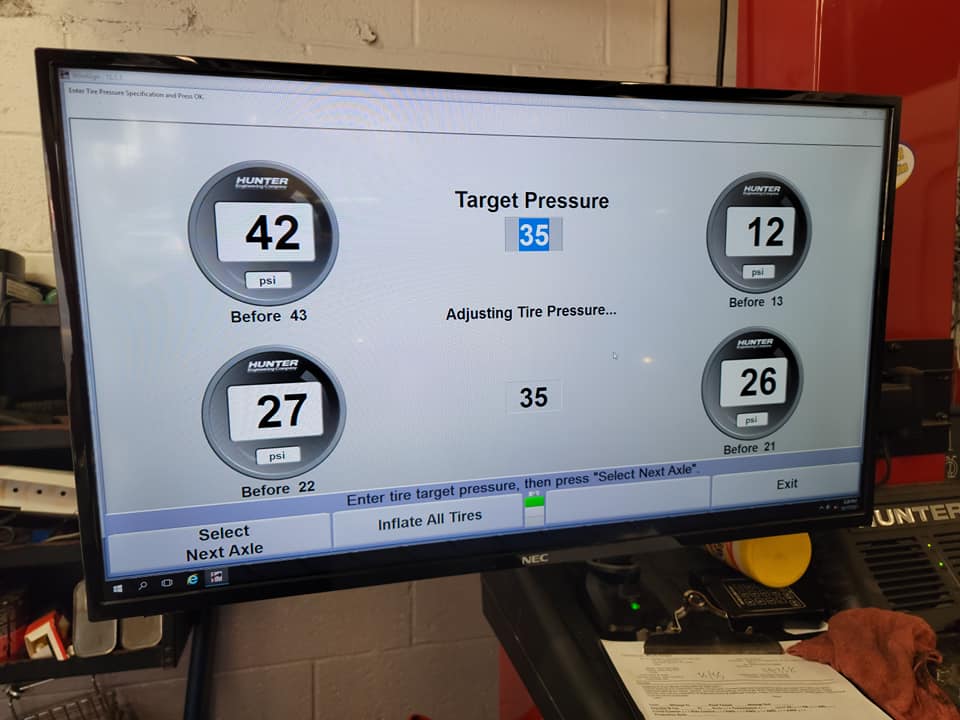When your TPMS (Tire Pressure Monitoring System) light is on, it generally indicates that one or more of your vehicle's tires have low air pressure or that there is an issue with the TPMS system itself. The TPMS is designed to monitor the air pressure in your tires and alert you when the pressure falls below a certain threshold, usually set by the vehicle manufacturer.
Here are a few reasons why your TPMS light might be on:
- Low tire pressure: The most common reason for the TPMS light to come on is that one or more tires have low air pressure. This can be caused by a slow leak, a puncture, or natural pressure loss over time. In this case, you should check the air pressure in all your tires (including the spare tire, if equipped) and inflate them to the recommended pressure specified in your owner's manual or on the placard located on the driver's side door jamb.
- Rapid pressure loss: A rapid loss of tire pressure, such as from a puncture or impact, can also trigger the TPMS light. If you suspect a rapid pressure loss, inspect the affected tire for any visible damage and have it repaired or replaced as necessary.
- Faulty TPMS sensor: Each tire has a TPMS sensor that communicates the tire's pressure to the vehicle's computer. If one or more of these sensors fail or have a dead battery, the TPMS light will come on. A professional technician can diagnose and replace faulty sensors as needed.
- Seasonal temperature changes: Changes in ambient temperature can cause the air inside your tires to expand or contract, which may lead to changes in tire pressure. In colder months, it's common for tire pressure to decrease, potentially causing the TPMS light to come on. Check and adjust your tire pressure as necessary.
- TPMS system malfunction: In some cases, the TPMS light may come on due to a malfunction within the system itself, such as a problem with the TPMS module or wiring. In this case, a professional technician will need to diagnose and repair the issue.
If your TPMS light comes on and stays on, it's essential to address the issue as soon as possible. Driving with low tire pressure can lead to reduced fuel efficiency, poor handling, uneven tire wear, and even tire failure, which can be dangerous. If you're unable to identify the cause of the TPMS light, consult a professional mechanic for assistance.
